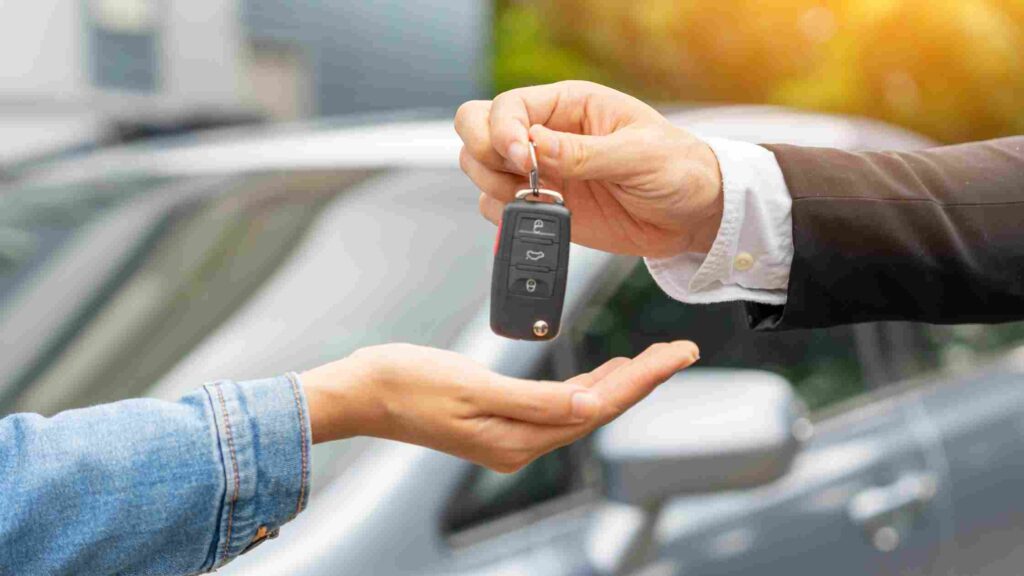10 Reasons Not to Lease a Car

Leasing a car might seem like the smart move.
Lower monthly payments. A shiny new vehicle every few years.
No hassle with selling or trade-ins.
You can read our trending blogs
But is it really worth it?
I’ve been there. I almost signed a lease.
But after digging deeper, I changed my mind—and here’s exactly why.
If you’ve ever asked yourself, “Should I lease or buy a car?” — this breakdown will help you make the right call.
Let’s explore 10 clear reasons not to lease a car.
1️⃣ You Never Truly Own the Car
With a lease, you’re renting—not buying.
You make payments, but the car isn’t yours.
At the end of the lease, you walk away empty-handed. No asset. No equity.
Buying? At least you end up owning the car outright.
2️⃣ Lease Contracts Are Loaded with Restrictions
Leases often come with strict mileage limits—usually around 10,000 to 15,000 miles per year.
Go over? You’ll pay hefty per-mile penalties.
Drive a lot for work? Love road trips? Leasing will cost you extra.
3️⃣ You’re on the Hook for Excessive Wear and Tear
Leasing companies expect you to return the car in near-perfect condition.
Got a ding in the door? A scuffed wheel? Scratched bumper?
You could face surprise fees at lease-end for what they call “excessive wear.”
Even normal use can cost you.
4️⃣ You’re Always in a Payment Cycle
With leasing, once one lease ends, you’re often jumping into another.
That means you’re always making payments, month after month, year after year.
There’s no light at the end of the tunnel like there is with a financed purchase.
5️⃣ Early Termination Can Be Extremely Expensive
Change your mind? Lose your job? Need to move overseas?
Getting out of a lease early is difficult and expensive.
You’ll likely pay early termination fees, remaining payments, or even buyout charges.
It’s not flexible. It’s locked in.
6️⃣ Modifications Are Off-Limits
Want to tint your windows? Upgrade your sound system? Add a spoiler?
Forget it.
Leased cars must be returned in their original condition. Modifying the vehicle can violate your lease—and result in penalties.
7️⃣ Leasing Isn’t Always Cheaper Long-Term
Sure, monthly payments may be lower.
But over time, leasing can actually cost you more.
Why? Because:
- You never build equity
- You pay interest over and over
- You’re constantly in a new lease with new fees
Buying may cost more upfront—but it saves in the long run.
8️⃣ Insurance Can Be More Expensive
Leased vehicles usually require higher insurance coverage limits.
That means:
- Higher premiums
- Potential requirements for gap insurance
- Less flexibility to shop around
If you’re trying to save on car insurance, leasing won’t help.
9️⃣ You’re at the Mercy of the Leasing Company
Leasing companies make the rules:
- How much you can drive
- What condition the car must be in
- What penalties apply
- What fees you’ll owe at the end
You don’t have full control.
They do.
🔟 You Miss Out on the True Value of Car Ownership
Owning a car gives you freedom.
- You can keep it as long as you want
- You can trade it in or sell it
- You can drive it across the country
- You don’t have to worry about nit-picky inspections
Leasing strips that away.
You’re always thinking about restrictions, fees, and deadlines.
Why You Might Want to Think Twice Before Leasing
Leasing may seem convenient.
New car smell. Lower payments. Easy returns.
But under the surface?
It’s often expensive, restrictive, and inflexible.
You don’t build equity. You don’t get freedom. And you’re stuck in a never-ending cycle.
That’s why, for many of us, buying a car still makes the most sense.
Sure, it might cost more upfront. But it gives you ownership, control, and peace of mind.
And when the payments stop? The car is yours.
Cite this article
You can copy and paste your preferred citation format below.
Martin, L. & Arquette, E.. (2025, April 29). 10 Reasons Not to Lease a Car. Coursepivot.com. https://coursepivot.com/blog/10-reasons-not-to-lease-a-car/



